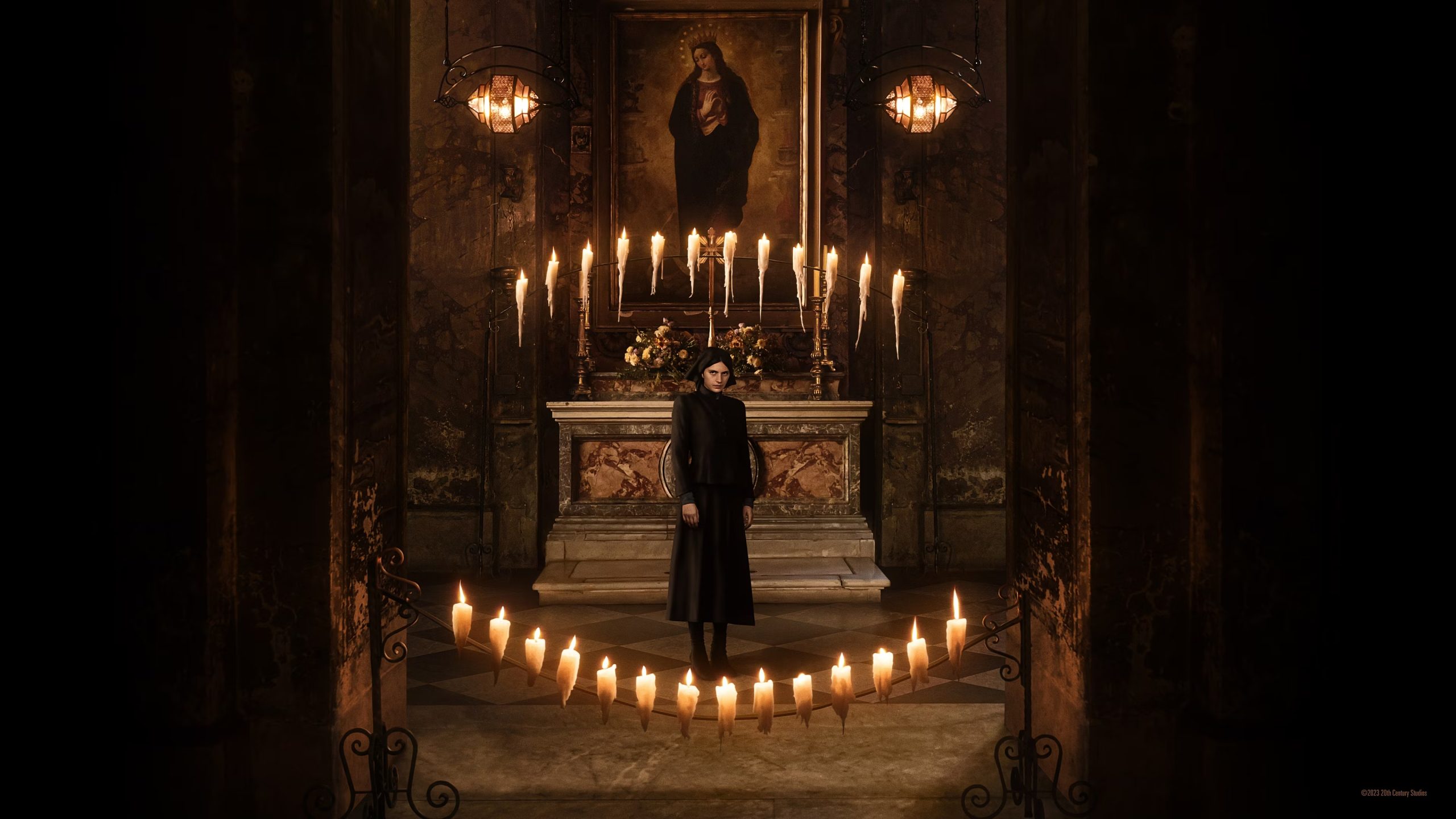IN First prophecy, a prequel to the horror saga of the 1970s and 1980s, the interest is not in the future Antichrist – although there are hints at his birth – but in his supposed mother. Even more interesting are the dark and sinister events surrounding the origin and birth of the sinister character. Arkasha Stevenson’s film has significant parallels with the original story, which reinterpreted Catholic scriptures about the arrival of an infernal creature. Moreover, one whose sole goal was to destroy the world to the ground and bring chaos to the entire divine creation.
This prequel to the traditional horror franchise brings back some interesting themes. Specifically, a way of combining the concept of evil with a modern emphasis based on the supernatural idea. The unusual combination resulted in a distinctive growth story that spanned decades in fiction. Now Stevenson’s film returns to the same point, but tells the story of how the now legendary Damien Thorne was born. Much more about how the Catholic Church was involved – for better or for worse – in the circumstances that led to his impregnation by a frightened woman.
If you are a fan of horror films or just sagas Prophecy, we leave you with three reasons to watch the prequel when it hits theaters. From a highly entertaining chapter that provides insight into the film series, to a brutal focus on body horror that will delight fans of the genre. The truth is that The First Prophecy has everything it takes to be a horror film. Especially when he seems to be having a good time.
Direct connection to the original films.
Horrifying children and conspiracies involving Satan are traditional images of religious horror. It wasn’t until 1976 that Richard Donner did the unthinkable. Taking the whole idea of a supernatural enemy of humanity and telling his origin story. This allowed him to put forward a terrifying premise. Could the Antichrist have been born as a human child? If so, what will be its characteristics and powers?
IN ProphecyDavid Seltzer’s script uses all the strange and frightening teachings of the biblical Apocalypse to tell a story that no modern horror film can envy. Namely: a child born from the bowels of a jackal – or whatever the case, biologically related to one, will become, as an adult, a diabolical figure.

Path to Evil
The result is a trilogy that explores the childhood, adolescence and adulthood of Damien Thorne, son of the devil, and the Antichrist. The saga, played successively by actors Harvey Stevens, Jonathan Scott Taylor and Sam Neill, explored a type of modern evil. And this despite the supernatural roots of the main character. But the franchise has focused its interest on a demonic creature capable of impersonating a human and achieving power. What made the film set terrifying was its ability to integrate realistic elements into its terrifying premise.

The first prophecy does something very similar. In fact, much of the film’s interest lies in the way it details what surrounds Margaret (Nell Tiger Free, from Servant). In an attempt to deepen his religious calling, the character will travel to Rome to enter a monastery and take monastic vows. But what begins as a purely spiritual journey quickly turns into a series of terrifying events.
The film restores the aesthetics and slow pacing of director Donner’s 1976 film script. The story by Tim Smith, Arkasha Stevenson and Keith Thomas not only brings back some characters familiar to fans. In addition, this opens up the possibility of finding out what happened around even Damien’s anonymous mother. What he goes through to explain the grim idea of birthing a human baby from the entrails of a wild animal.
Lots of body horror in The First Prophecy
But beyond its connection to the first film in the saga, The First Prophecy is a massive experiment in supernatural horror and body horror. Which means a set of bloody scenes far beyond those seen in the original films. Nevertheless, The director does not turn the plot into exaggerated exploitation of disgusting scenes.

One of the central points of the prequel is to tell the story of Margaret’s journey from newcomer to the center of a terrifying conspiracy, without neglecting the dark nature of the plot. As for the plot, it goes through all kinds of episodes that allow it. From beheadings – on the other hand, already traditional for the franchise – to showing destroyed bodies on the screen.
The above fits into a plot in which the most striking images are used to reinforce the central part of the plot. It’s like this: Margaret little by little becomes a contested territory between the forces of good and evil, that act on your body like a creepy scenario.
References for horror fans
But besides this, the new film of the saga Prophecy, is a successful combination of many other horror classics. From a disturbing, cruel and repulsive view of the supernatural Exorcist to claustrophobic terror Devil Seed. The truth is that the film thoroughly explores the idea of evil destiny and how cinematic language can explore fear as an ambivalent element.

Especially when it mixes religion, collective paranoia and faith into slippery territory that can be interpreted in different ways. Margaret’s story (which includes abuse and violence, not just from demons) carries its own weight. But more than that, it retains the ominous sense of hidden and universal danger that made the saga famous. What the new production completely restores and transforms into an unprecedented approach to the horrifying.Thanks to the tape, Prophecy You have to go through a completely new path.
Source: Hiper Textual













